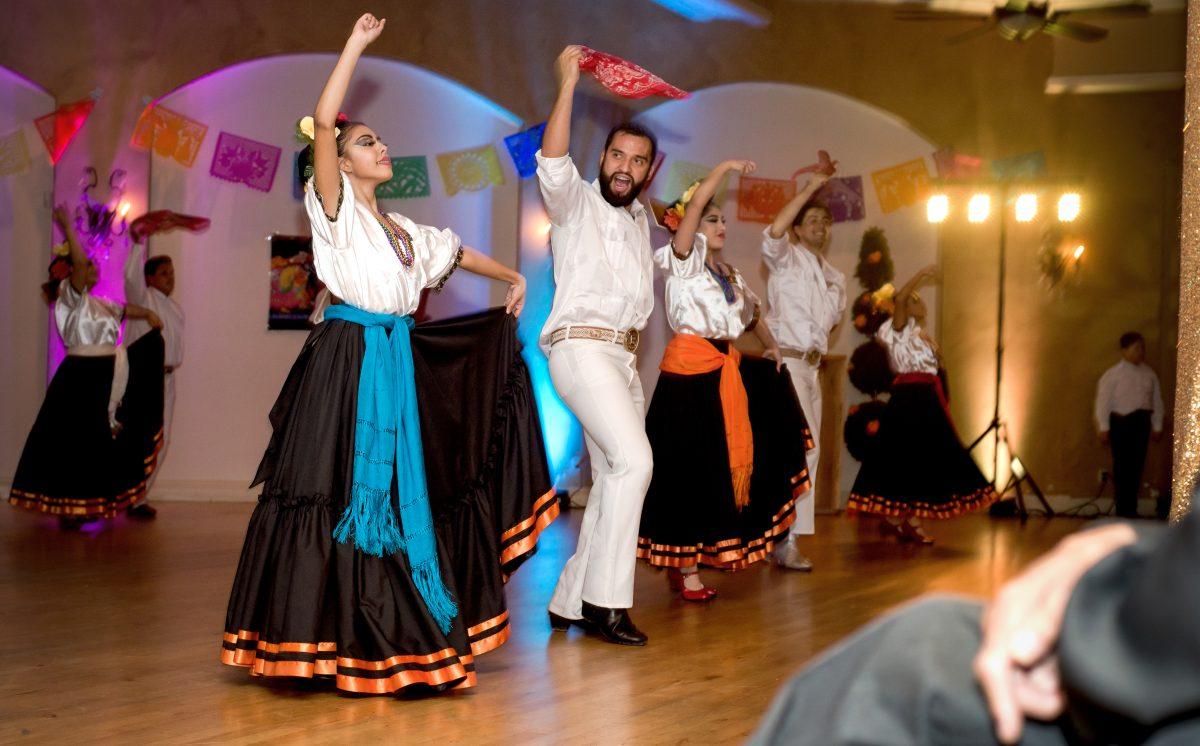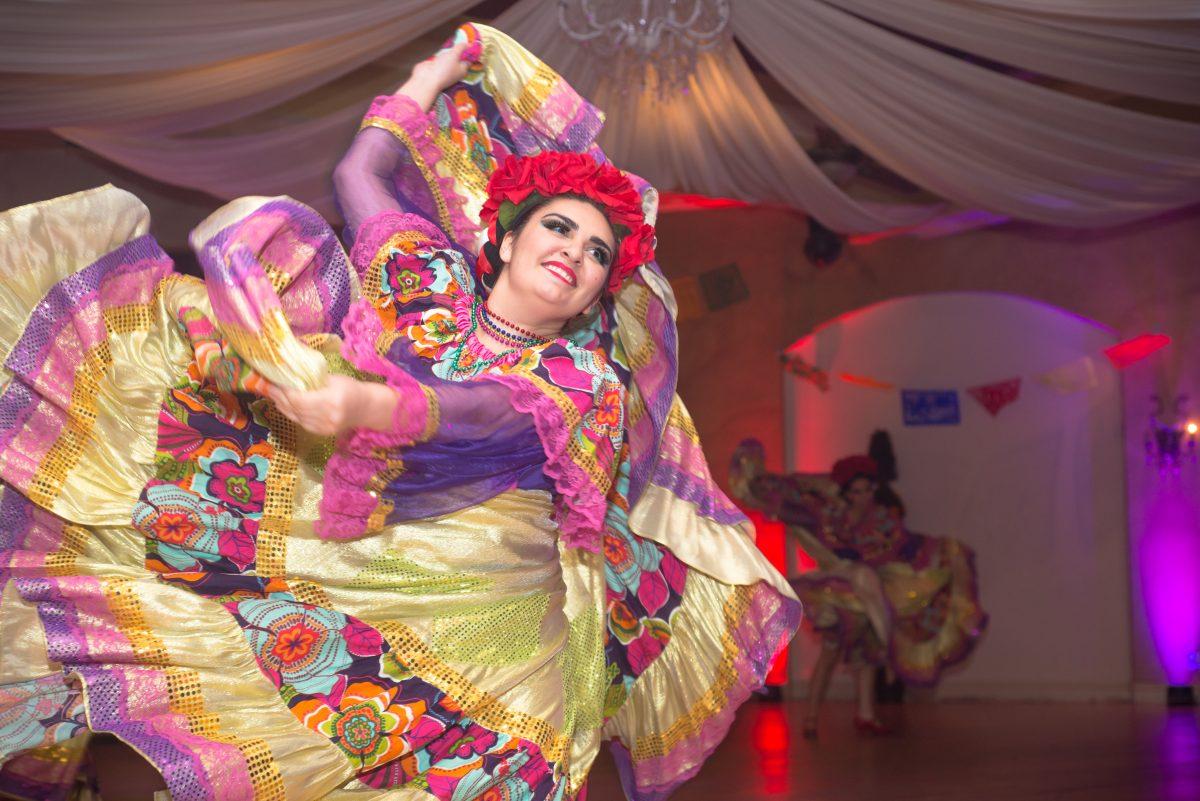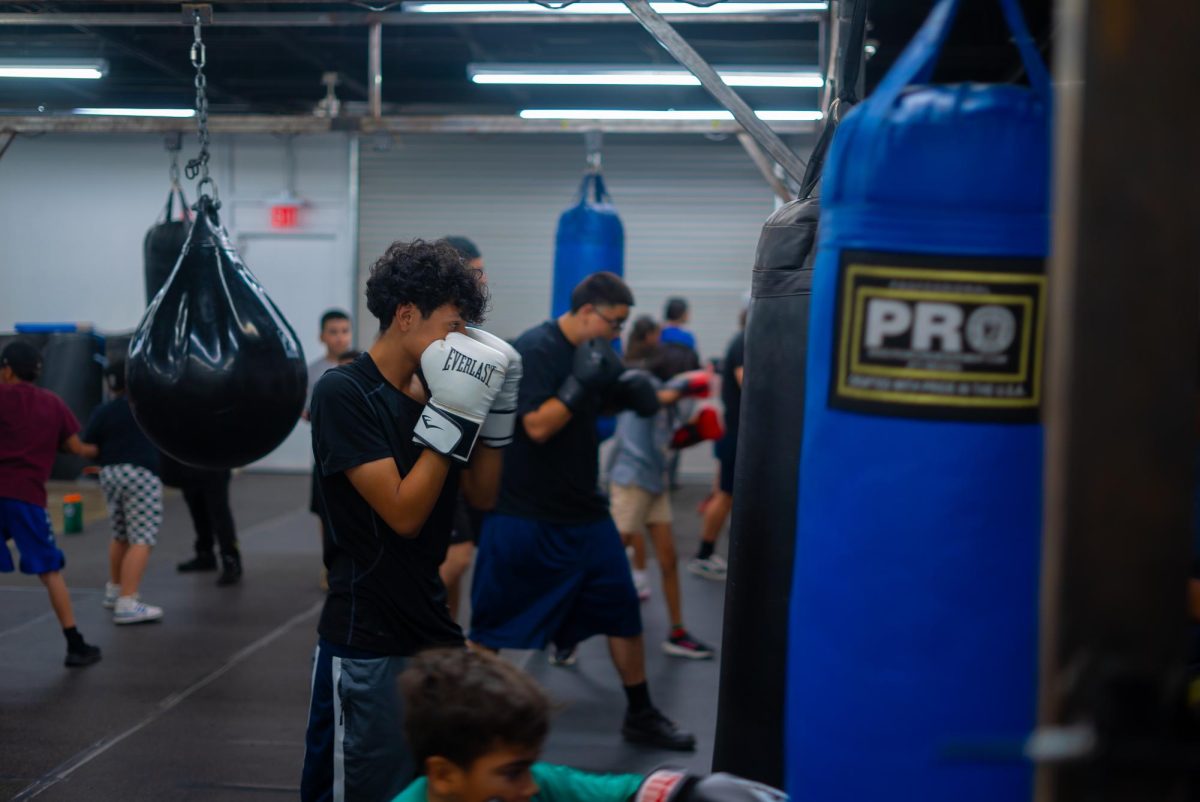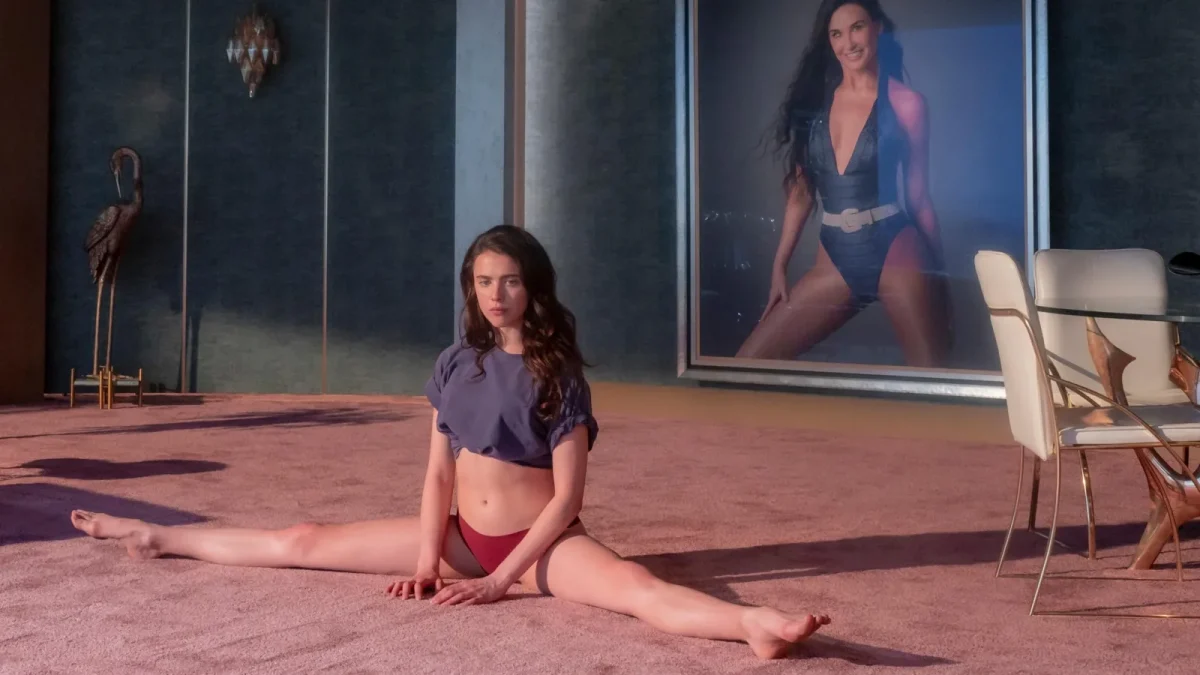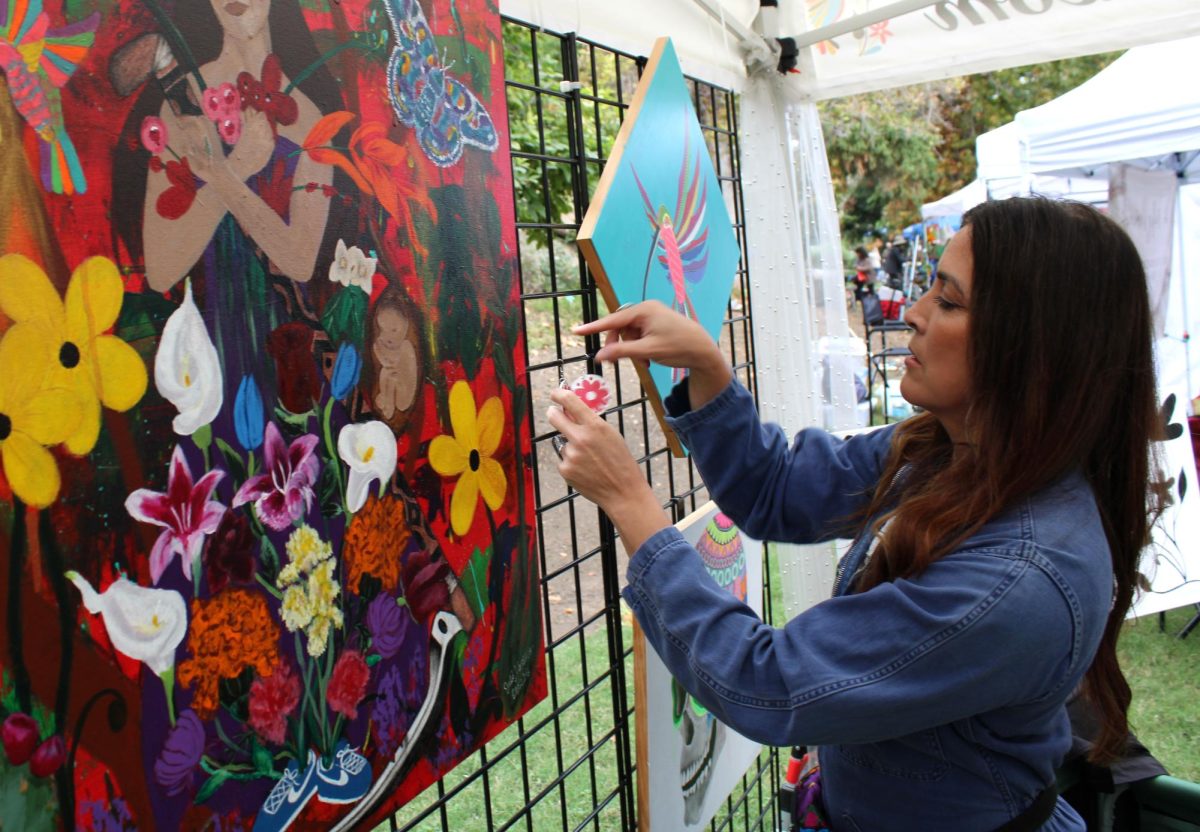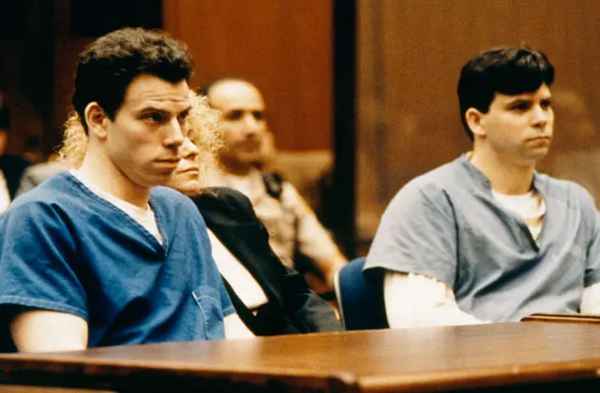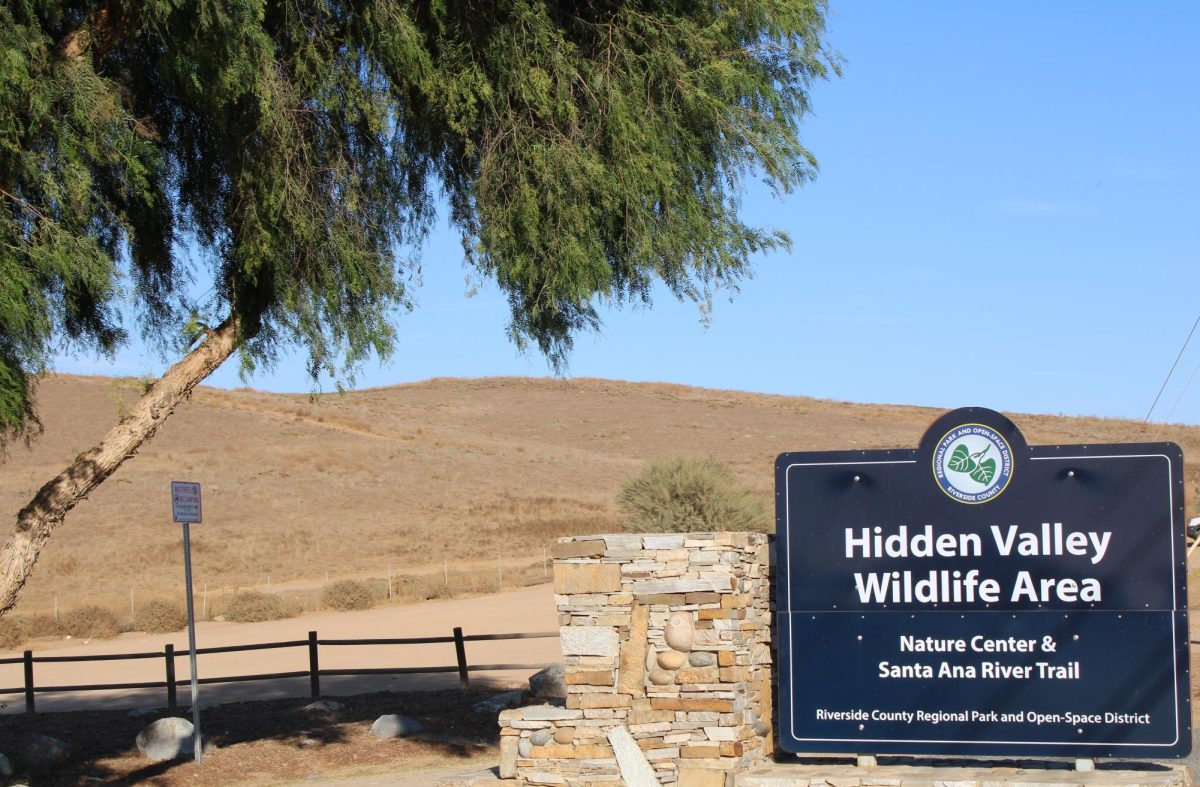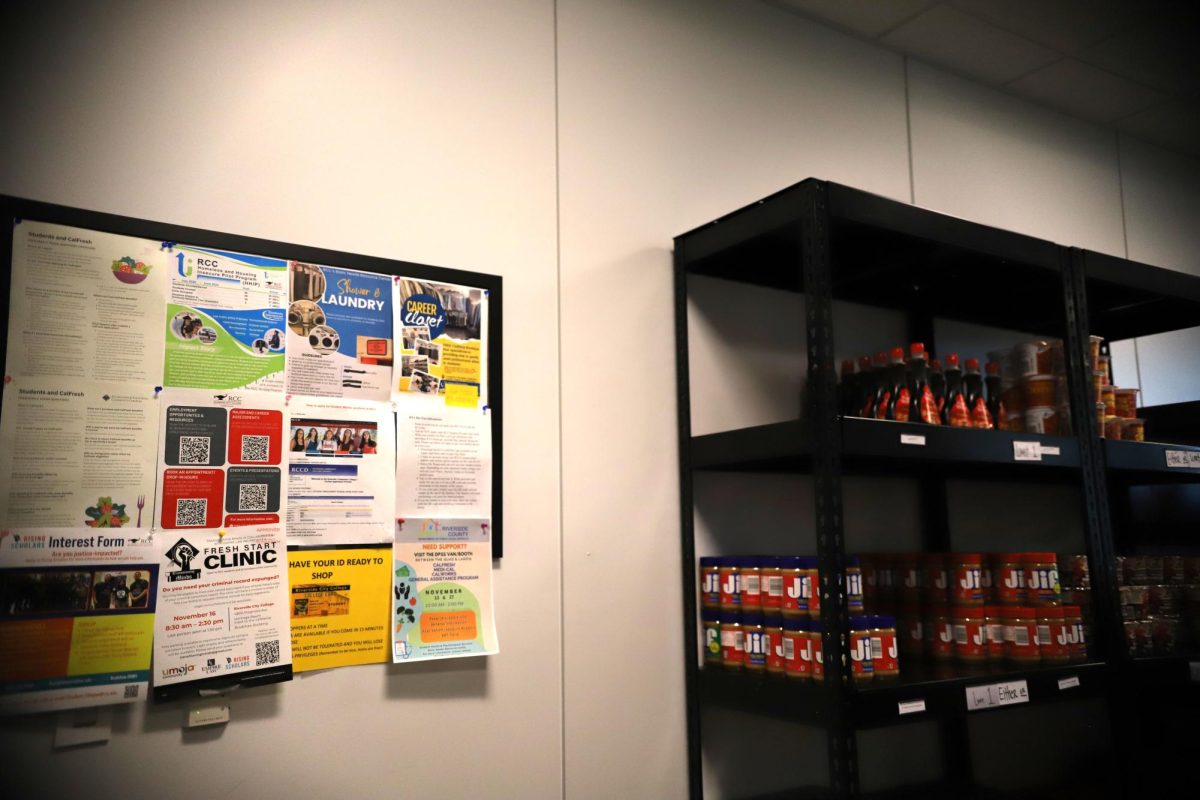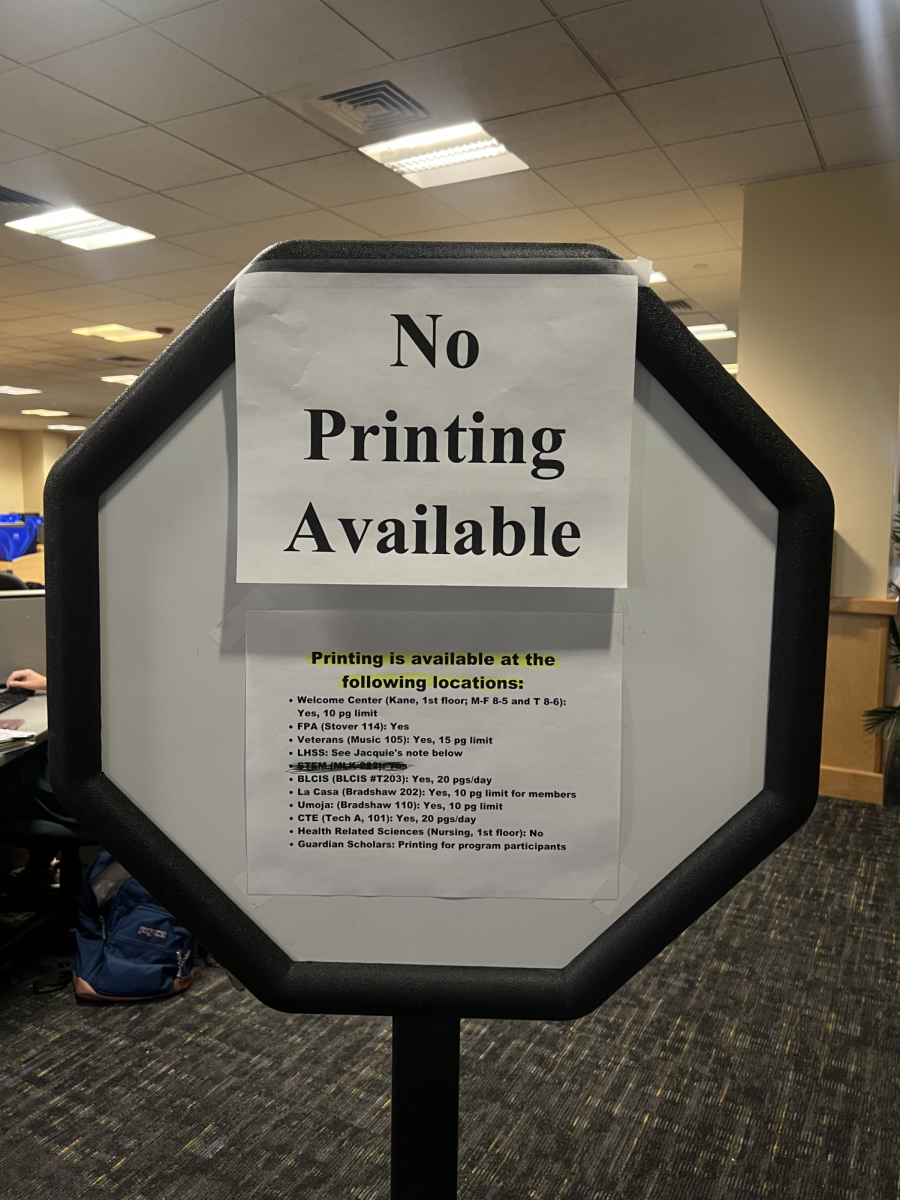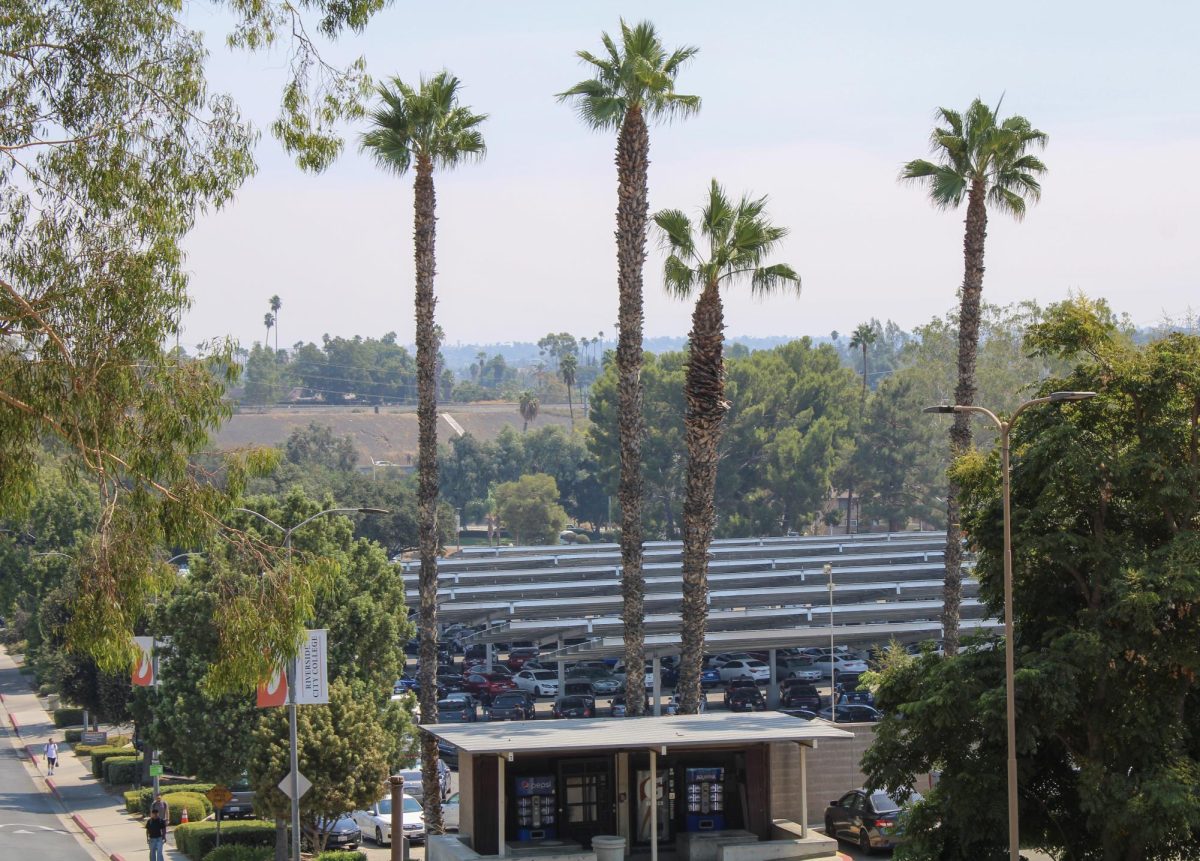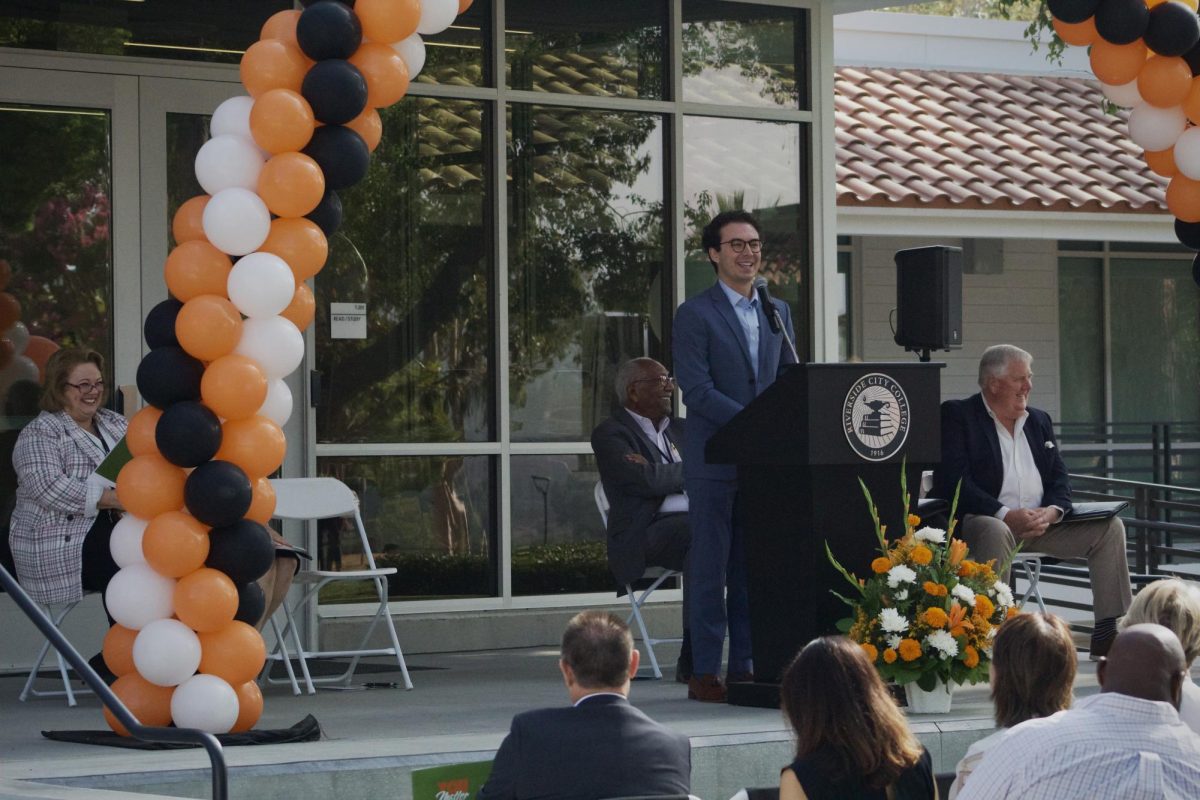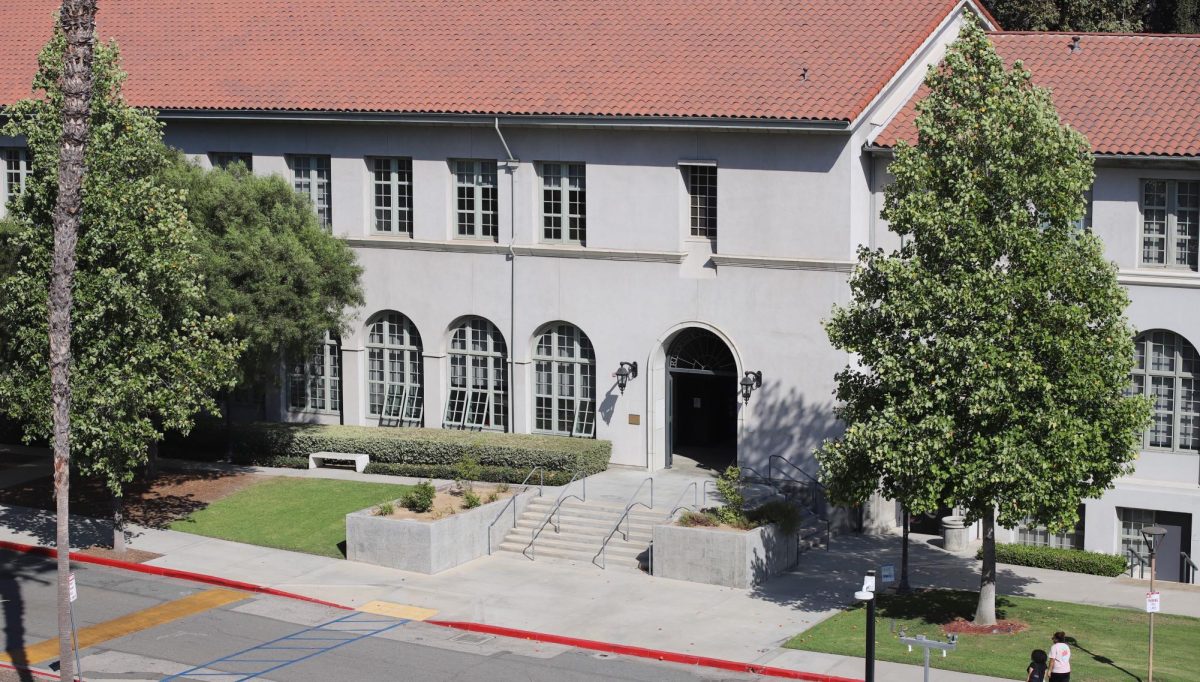By Mary Valterria
Halloween may be done and over with, but spirits are still very much among us.
Spirits of our family and friends, that is.
Riverside City College students Leticia Ledesma and Angel Lucero, who perform for the Leyenda Ballet Folklorico dance company, did their part to evoke the spirits of their loved ones during the Dia de los Muertos Folklorico dance show Nov. 6 in downtown Riverside.
Dia de los Muertos, or Day of the Dead in English, is a Mexican holiday where family and friends gather together to pray for and remember their loved ones who have died. The prayers are said to help and support the deceased in their spiritual journey.
“Dia de Los Muertos …. was a celebration of our loved ones who have passed away,” Ledesma said. “The whole show was dedicated to them.”
Performers not only honored the spirits of their family and friends with the show itself, but also by building an altar made up of objects or photos of their loved ones who have died.
The Leyenda Dance Company’s Dia de los Muertos show garnered much interest, which was evident by the amount of people who were waiting in a line that was wrapped around the building before the doors of the venue opened.
Owner and instructor Gabriela Pineault greeted patrons at the door as they paid their entrance fees. Gaining entry to the show wasn’t easy, as people who were supposed to be added to a list for free admission were forced to obtain tickets to enter. Pineault even turned away multiple patrons who had already pre-paid for their tickets, citing snafus that allegedly occurred with online payments.
Ticket holders who were still in line as people were being turned away questioned amongst each other whether or not they should stay and watch the show.
“I wasn’t sure if I wanted to pay the ticket price after seeing people get turned away,” former RCC student Maria De Los Santos said. “I was really glad I stayed though … the dancing was so good.”
De Los Santos is now a student at the University of California Riverside and has been interested in dance since she was a small child.
“The (dancing) holds so much more significance to me when it is based on traditions from my country,” De Los Santos added.
Dances of the night told stories which were concentrated on the traditions and folklore of different regions of Mexico.
The first performance represented the region of Oaxaca. The clicks of the heels worn by performers were the only sound in the room as the dancers emerged before an eager audience.
The Oaxaca performance featured family members trailing behind a mother figure as she walked onto the stage. Men held the woman’s dead daughter in their arms as everyone danced in grief.
At the end of the performance, the daughter came back to life and everyone danced with joy as they took turns congratulating both the mother and daughter.
Although Oaxaca featured skilled dancing and a dramatic narratives, Ledesma cited Veracruz as her favorite regional dance.
“The act was simply amazing,” Ledesma said.
In Veracruz, which was a tale of heartbreak, a boy and a girl fell in love but the boy quickly began flirting with other girls. The girl was heartbroken.
All other dancers exited the stage as the girl cried in pain, and eventually killed herself. The female dancers returned with expressions of their own pain as they danced in a circle around the girl.
The boy held the girl in his arms as he portrayed sorrow and regret. The girl suddenly awoke from the dead and killed the boy. As the boy died, a performer dressed as the devil swooped in and dragged him off the stage.
This performance ignited the emotions of the audience.
Imelda Rodriguez-Jimenez, De Los Santos’ aunt, said that the show reminded her of the folklorico shows she used to watch as a young girl growing up in Mexico.
“Me encanta los bailes,” Rodriguez-Jimenez said as she put her hand over her heart and gazed lovingly at a small girl wearing a traditional folklorico dress.
Translated in English, Rodriguez-Jimenez said she loves the dances.
De Los Santos said she also loves everything about folklorico, but that this performance was special because it was a Dia de los Muertos event.
“It’s important to honor our loved ones who have died,” De Los Santos said. “It’s great that folklorico allows us to see (Dia de los Muertos) traditions being played out through dance.”
As intermission came about, Pineault invited the audience to the kitchen area for tacos and refreshments. Some audience members declined the tacos as they huddled around a patron who had pulled up the Raiders game on his phone.
When the show resumed, the audience was eager to see what the last half of the show had to offer.
The seating in the venue made it difficult for those in the back to see all that was happening on-stage. Some members of the audience, including De Los Santos and Rodriguez-Jimenez, chose to stand for this reason.
The crowd continued to be enthralled with the show, despite having to stand. There was much interest in the performance based on the region of Jalisco, which happened to be another favorite of Ledesma’s.
Ledesma explained that although there was no real storyline in this act, it was one of the strongest regions partly because of the traditional dress.
“When people think of folklorico, they think of the huge Jalisco skirts and the men in their charro suits,” Ledesma said. “It’s just beautiful.”
As the show came to an end, the crowd cheered and clapped. Performers came out into the audience as their families and friends embraced them and told them how great of a job they did. Audience members who weren’t there to see anyone in particular greeted the dancers and praised them for their hard work.
“So many people came up to … us and congratulated us for the great job we did,” Ledesma said.
As everyone exited into the now dark parking lot, the talk revolved around the folklorico dancers and the stories that were told through their dances.
It was clear that the dancers not only affected the spirits of their loved ones, but the spirit of the audience as well.

